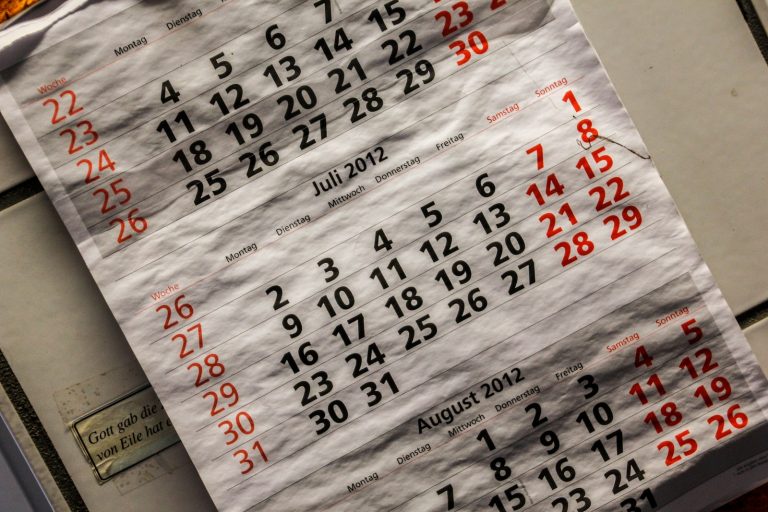A decade, from the Greek term “deka” meaning “ten,” signifies a period of ten years. This term has been utilized throughout history to indicate substantial time frames. The ancient Greeks, for example, employed the decade as a time unit in their system of calendar organization. The 20th century, particularly the 1920s, popularized the notion of a decade as a significant era in the Western world. These days, a decade is frequently used as a practical measurement for planning, analysis, and discussions related to culture, history, or significant events.
Decade: A Ten-Year Journey
A journey of a decade encompasses exactly 10 years. But it’s not just about the quantity; each decade carries its distinct character and influence, shaping the world in various ways. One could refer to the 1960s as a period of social upheaval and political change, or the 1980s as a time of economic growth and technological advancements.
A Decade in the 21st Century
The first decade of the 21st century, often called the “2000s” or the “naughties,” spanned from January 1, 2001, to December 31, 2010. This period was characterized by significant global events, technological innovations, and socio-cultural shifts.
Breaking Down a Decade: Months, Weeks, Days, and More
Understanding how long a decade is, requires us to break it down into smaller units of time. A decade encompasses 120 months, approximately 521.429 weeks, and roughly 3652.5 days on average. However, the precise number of days in a specific decade varies depending on the occurrence of leap years within that decade.
Hours, Minutes, and Seconds in a Decade
When we dive deeper into the time units, a decade consists of approximately 87,660 hours. This further translates into about 5,259,600 minutes. If you’re interested in the smallest common unit of time, there are approximately 315,576,000 seconds in a decade.
Journey Through Decades: 1900s to Present
Human history has been conveniently divided by decades, each carrying its distinct flavor, significant events, and notable advancements. Let’s embark on a journey through time, exploring some of the most important highlights per decade, starting with the 1900s.
1900s: From Powered Flight to Einstein’s Theory
The decade from 1900 to 1909 witnessed two life-altering events. The Wright brothers took flight in 1903, marking a significant advancement in transportation. In 1905, Albert Einstein introduced his Theory of Relativity, a cornerstone of modern physics.
1910s: Quantum Mechanics and the Great War
The 1910s saw Niels Bohr publishing his semi-classical atomic model in 1913, kickstarting the exciting field of quantum mechanics. However, the decade was also marked by the outbreak of World War I, a tragic event that changed the course of history.
1920s: Jazz, Prohibition, and the Advent of Television
The 1920s were a vibrant period, often called the “Roaring Twenties.” Jazz music gained popularity, and the era saw significant societal shifts. Television was invented by John Logie Baird in 1926, revolutionizing mass communication.
1940s: A Decade of War and Technological Advancements
The 1940s were marked by the tragic events of World War II, but also witnessed great technological advancements. In 1943, the aqualung was invented, opening up new possibilities for underwater exploration.
1950s: From the First Microchip to the Birth Control Pill
The 1950s were a monumental decade for computing, with the invention of the first microchip. The decade also saw the introduction of the first birth control pill, granting women unprecedented control over their reproductive health.
1960s: Space Exploration and Social Revolution
The 1960s was a time of significant change and progress, best remembered for space exploration and social revolution. The US made history by putting the first man, Neil Armstrong, on the moon in 1969. It was a sign the United States won the space war against the Soviet Union.
1970s: Technology Boom and Social Evolution
The 1970s saw a technology boom with the advent of the first microchip. Microsoft and Apple were established, laying the groundwork for the next generation of computing.
1980s: Digital Revolution and Social Movements
The 1980s witnessed a digital revolution with the advent of personal computers, the internet, and mobile phones. It was also a time of significant social movements and cultural shifts.
1990s: Internet Age and Globalization
The 1990s marked the beginning of the internet age. Tim Berners-Lee invented the World Wide Web in 1990, forever changing how we communicate, work, and live. It was a time of rapid globalization, driven by advancements in technology and communication.
2000s and Beyond: A New Millennium
The new millennium has brought with it significant technological advancements, socio-political shifts, and new challenges. From the ongoing digital revolution to the global fight against climate change, the 2000s have been a time of rapid change and adaptation. We have to mention the rise of social media and similar trends among young people.
Conclusion
So, “how long is a decade?” While the straightforward answer is 10 years, the actual impact and significance of a decade extend far beyond this simple numerical value. Each decade carries a wealth of experiences, advancements, and historical events that shape our world. Therefore, understanding the length of a decade involves not only grasping its numerical value but also appreciating its historical, social, and cultural significance.



0 Comments